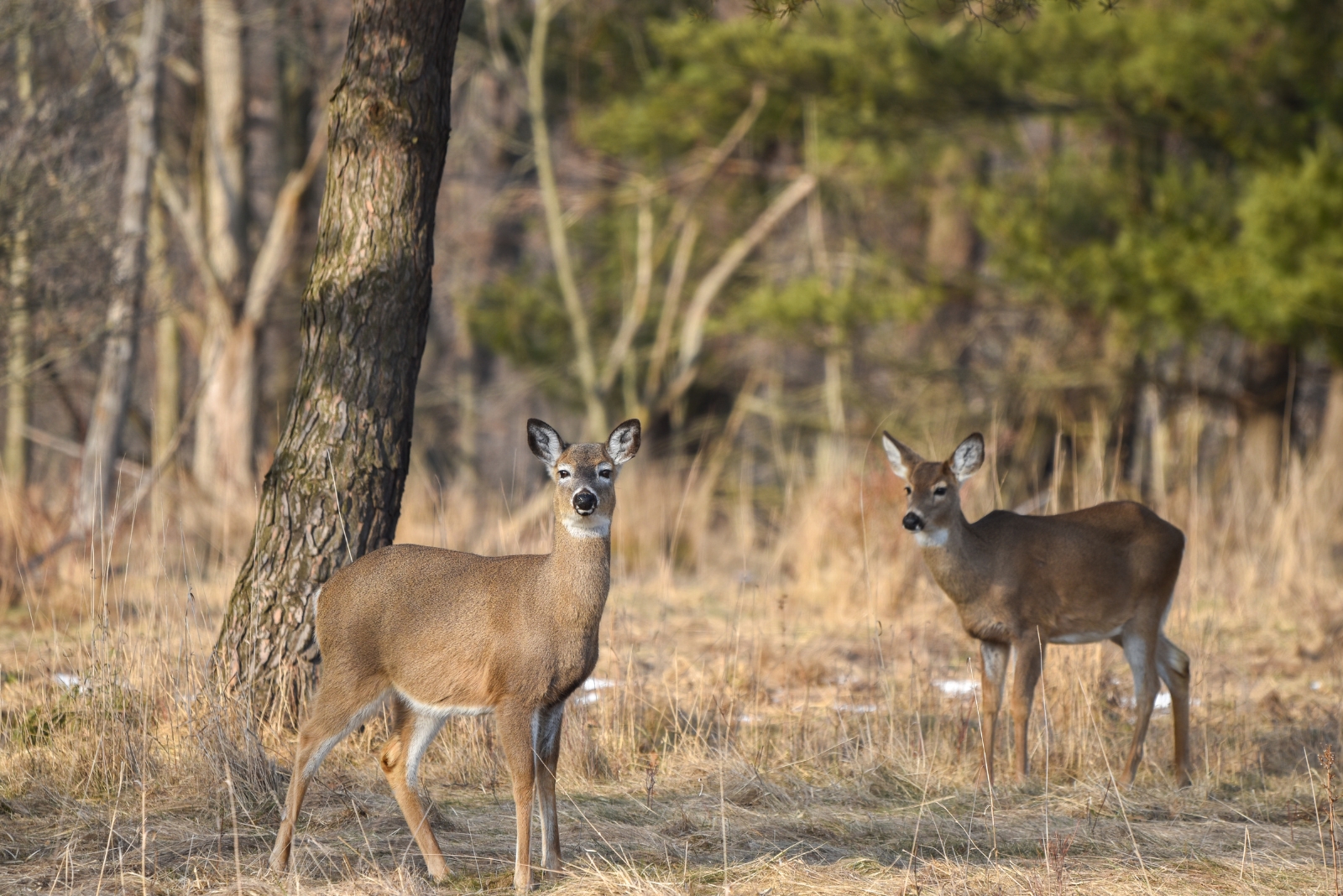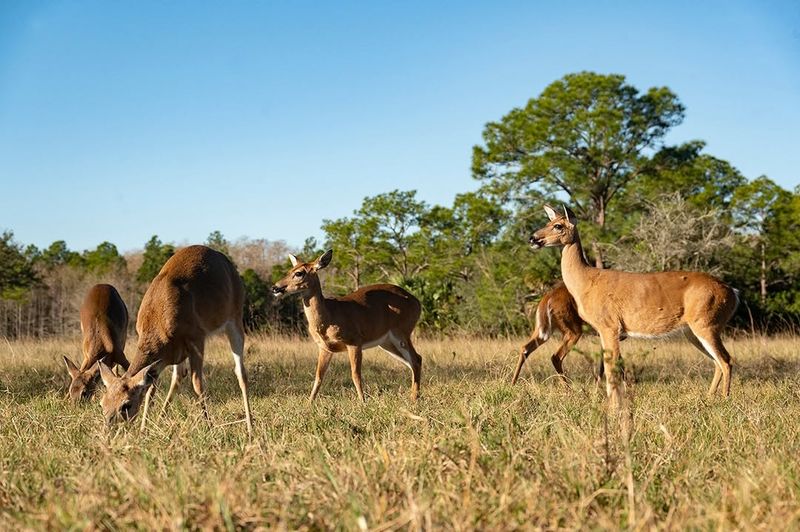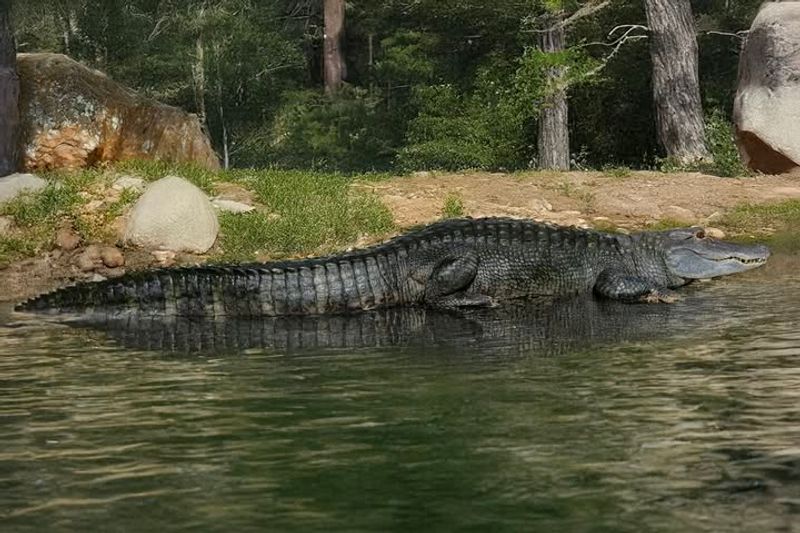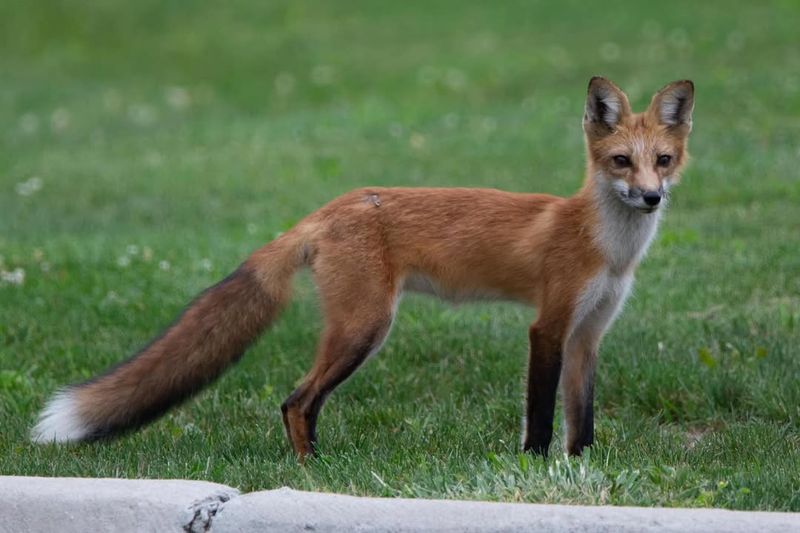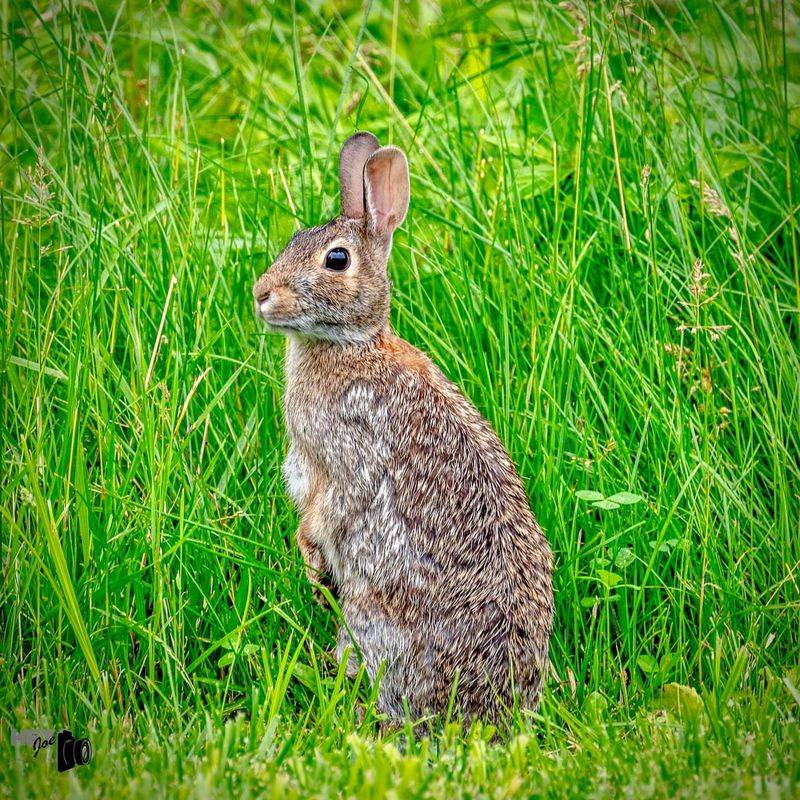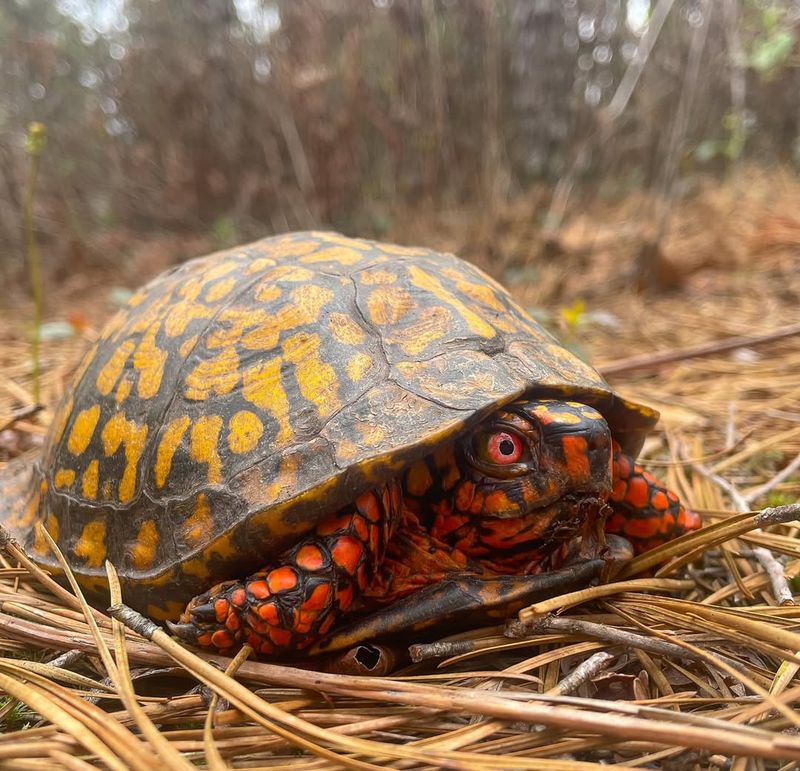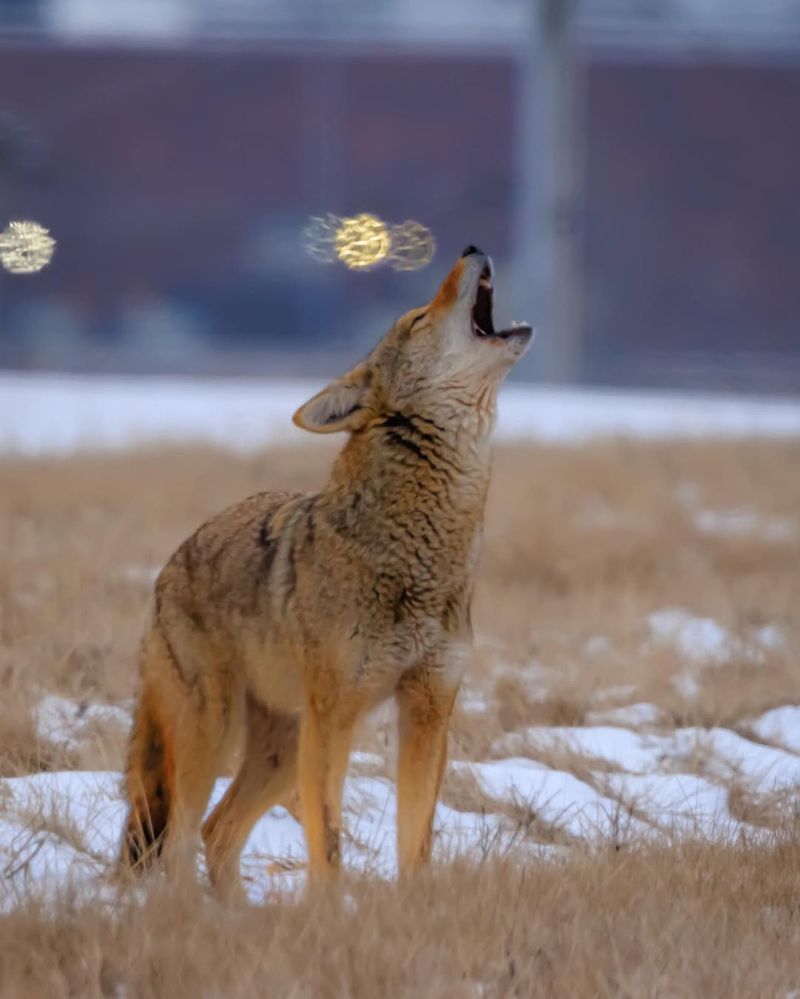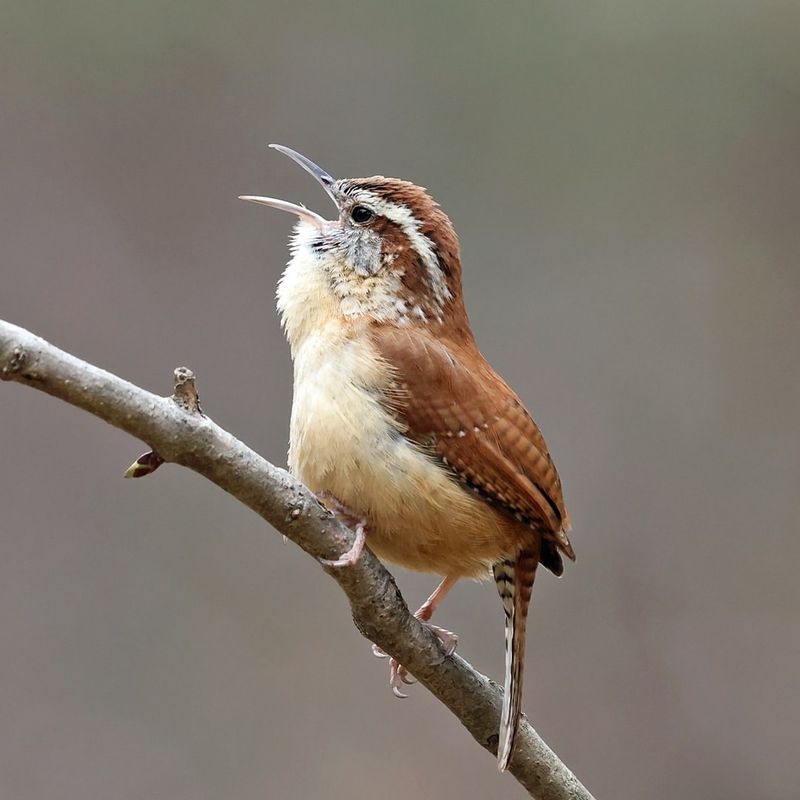South Carolina cities always surprise me with how many wild animals sneak around unnoticed. I’ve had friends tell me they spotted something unexpected right by their porch.
It makes you realize the state has more backyard visitors than you’d think. Let’s see which ones might be sharing your neighborhood.
1. White-Tailed Deer
Spotting a deer munching on your garden plants has become incredibly common across South Carolina cities. These graceful creatures have grown comfortable around humans and often visit yards during early morning or evening hours.
They love snacking on flowers, vegetables, and shrubs, which can be frustrating for gardeners. If you want to protect your plants, consider installing motion-activated sprinklers or using deer-resistant varieties like lavender and rosemary.
Deer populations in South Carolina have actually increased in urban areas because there are fewer predators around.
2. Eastern Gray Squirrel
Watch any South Carolina park for five minutes and you’ll probably see several of these bushy-tailed acrobats racing around. Gray squirrels have completely mastered city living, building nests in attics and raiding bird feeders with impressive determination.
Their constant chattering and tail-flicking serve as warning signals to other squirrels nearby. While they’re entertaining to watch, they can cause damage by chewing through electrical wires and wood.
Installing squirrel-proof bird feeders and sealing entry points to your home helps keep them where they belong outdoors.
3. American Alligator
Nothing surprises newcomers to South Carolina quite like finding a prehistoric-looking gator sunbathing near their neighborhood pond. Alligators thrive in the state’s warm climate and have adapted remarkably well to living near people in coastal and lowcountry regions.
Most gators avoid humans, but they can become dangerous if fed or provoked. Keep pets away from pond edges, especially during breeding season in spring.
If you spot one acting aggressively or in an unsafe location, contact the South Carolina Department of Natural Resources immediately for assistance.
4. Red Fox
With their flame-colored coats and intelligent eyes, red foxes have become surprisingly common in South Carolina suburbs. Nighttime is their preferred hunting time, when they search for mice, rabbits, and even leftover pet food.
Foxes actually help control rodent populations, making them beneficial neighbors in many ways. However, they can carry rabies, so never attempt to approach or feed them.
Secure your garbage cans tightly and bring pet food indoors at night to avoid attracting these clever hunters to your property regularly.
5. Eastern Cottontail Rabbit
Those adorable fluffy bunnies hopping through South Carolina yards might look harmless, but they’re serious about eating your garden vegetables. Cottontails reproduce incredibly fast, with females having up to seven litters annually.
They prefer areas with plenty of hiding spots like bushes, wood piles, and tall grass. Gardens filled with lettuce, carrots, and beans become irresistible buffets for these hungry hoppers.
Chicken wire fencing buried several inches underground works best for protecting your plants. Remember, these rabbits are prey animals, so sudden movements will send them bouncing away instantly.
6. Raccoon
Few animals have adapted to city life as successfully as the masked bandit known as the raccoon. South Carolina’s mild climate and abundant food sources make it raccoon paradise, especially in neighborhoods with accessible garbage.
Their nimble paws can open latches, unscrew jars, and tear through weak containers with ease. Raccoons often nest in chimneys, attics, and crawl spaces during breeding season.
Always secure trash with bungee cords and remove pet food before dark. While they look cute, raccoons can bite and carry diseases like rabies and roundworm.
7. Eastern Box Turtle
Finding a box turtle slowly crossing your South Carolina lawn is like discovering a little piece of ancient history. These land-dwelling turtles can live over 100 years and often return to the same areas throughout their incredibly long lives.
Their domed shells feature beautiful yellow and orange patterns that make each one unique. Box turtles eat insects, berries, mushrooms, and garden vegetables.
If you find one, simply move it across the road in the direction it was heading. Never relocate them far from where you found them, as they have strong territorial instincts.
8. Coyote
Hearing their eerie howls echo through South Carolina neighborhoods at night reminds residents that coyotes have successfully colonized urban areas. Originally from the western United States, these adaptable predators now thrive throughout the state.
Coyotes help control populations of rodents, rabbits, and even deer, but they can threaten small pets. Keep cats indoors and supervise small dogs during dawn and dusk hours.
Remove attractants like fallen fruit, accessible garbage, and outdoor pet food. Coyotes rarely attack humans but should always be treated with caution and respect as wild animals.
9. Carolina Wren
That incredibly loud, cheerful song echoing through South Carolina mornings probably comes from a tiny Carolina wren. Despite weighing less than an ounce, these feisty birds produce surprisingly powerful melodies that sound like “tea-kettle, tea-kettle, tea-kettle.”
Carolina wrens aren’t shy about nesting in unusual spots like flowerpots, mailboxes, and garage shelves. They eat insects, spiders, and occasionally seeds from backyard feeders.
Providing brush piles and leaving some areas of your yard slightly wild gives them perfect foraging habitat. South Carolina named this vocal little bird its official state bird back in 1948.
10. Black Rat Snake
Discovering a six-foot black rat snake in your South Carolina shed might startle you, but these non-venomous reptiles are actually beneficial neighbors. They’re expert climbers who keep rodent populations under control by hunting mice, rats, and occasionally bird eggs.
Black rat snakes are completely harmless to humans and pets, though they may vibrate their tails defensively when surprised. Many homeowners appreciate having them around as natural pest control.
If you find one inside, gently guide it outdoors with a broom. South Carolina residents who overcome their fear often become grateful for these helpful garden guardians.

